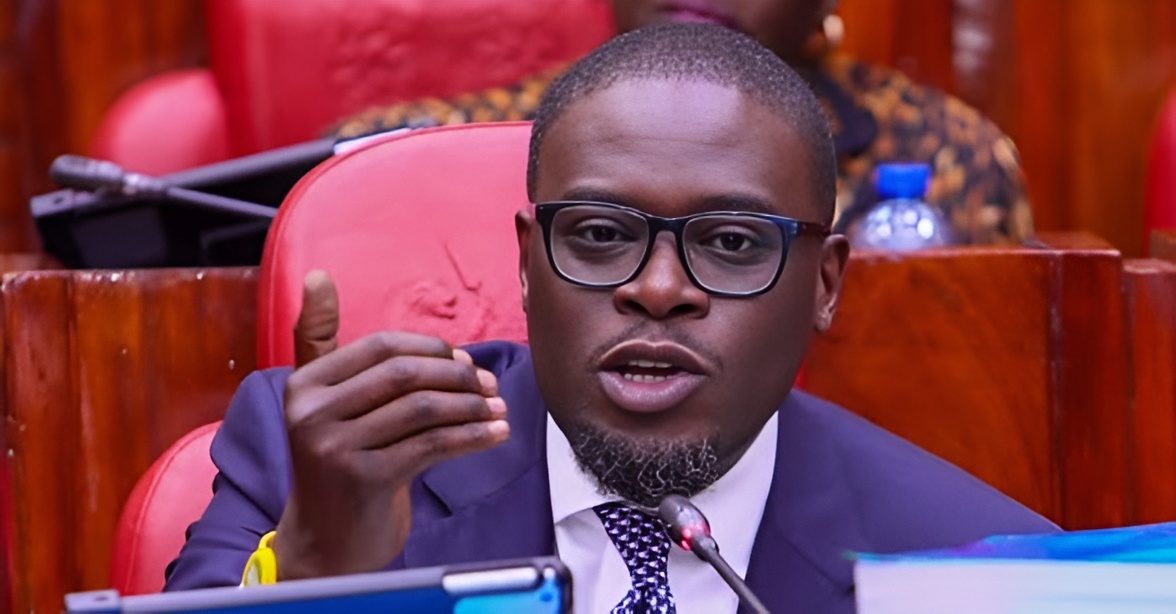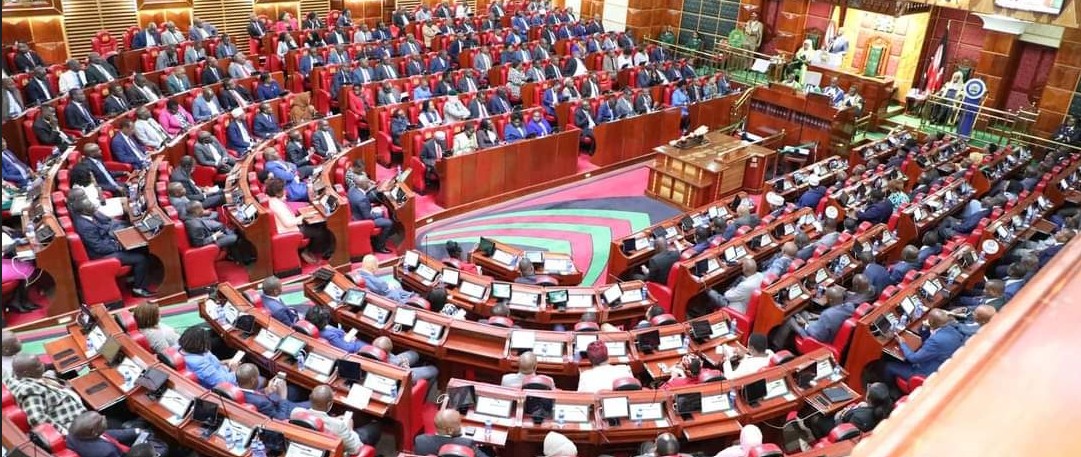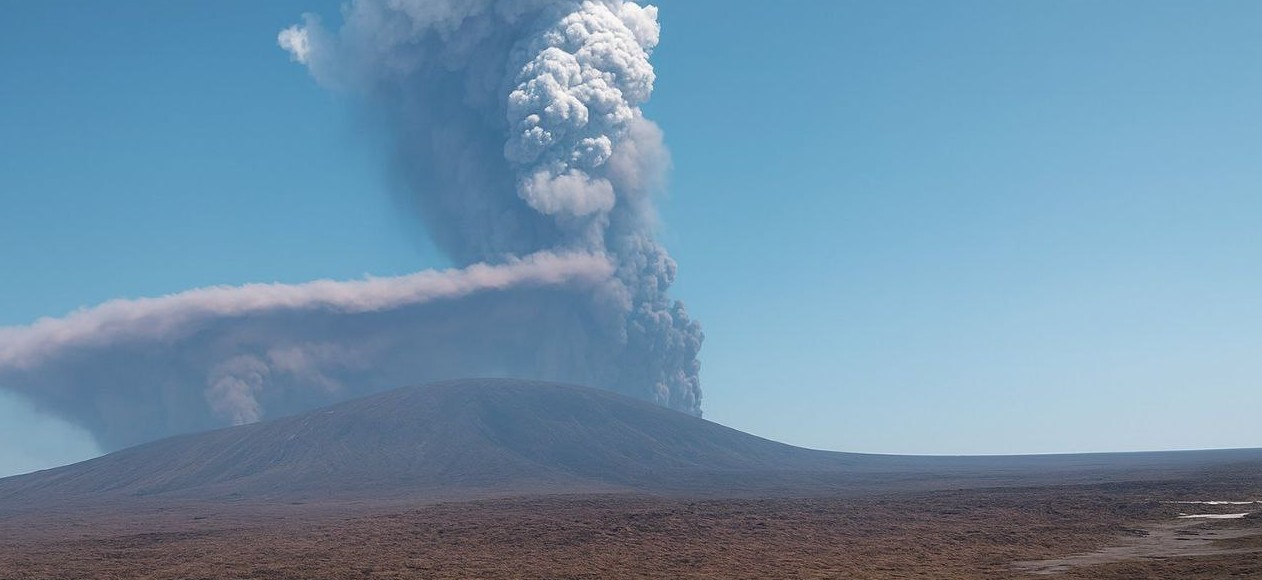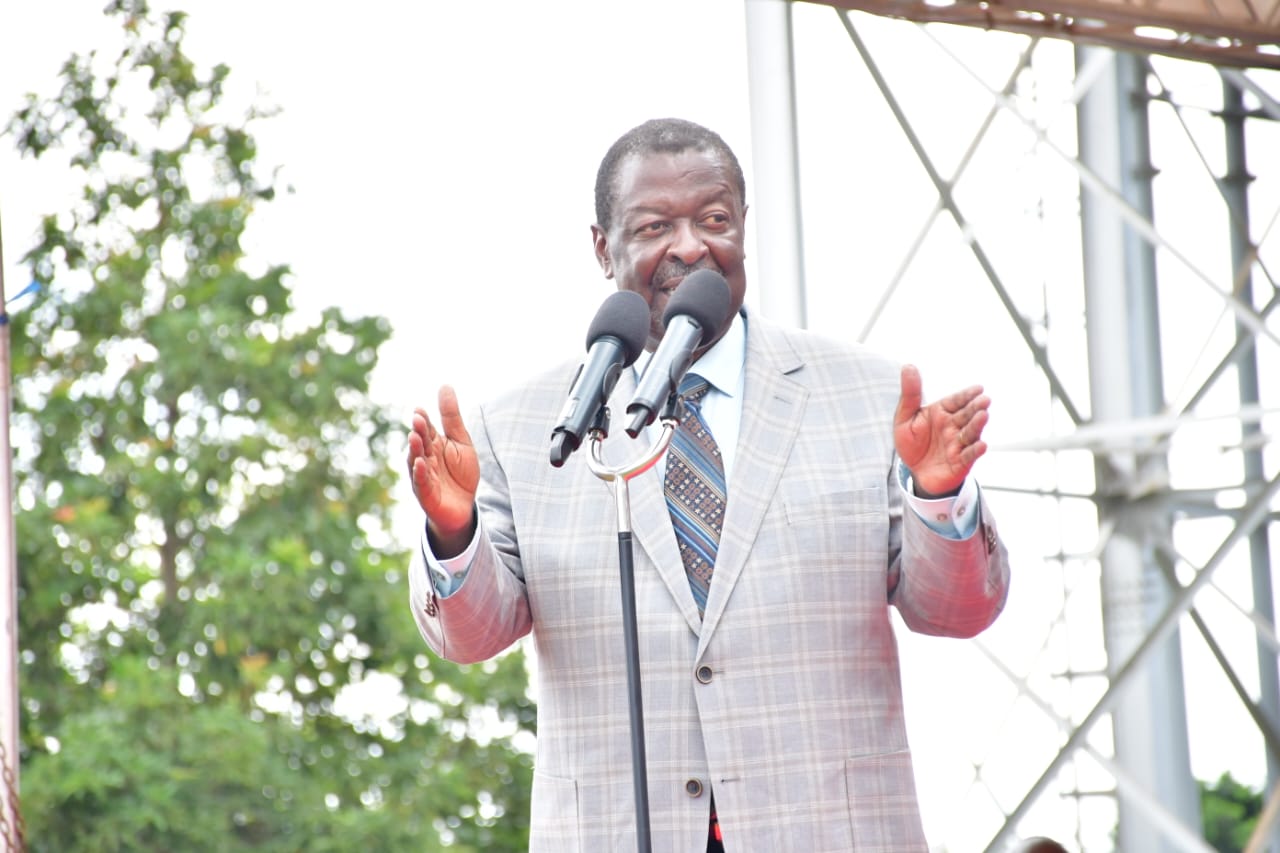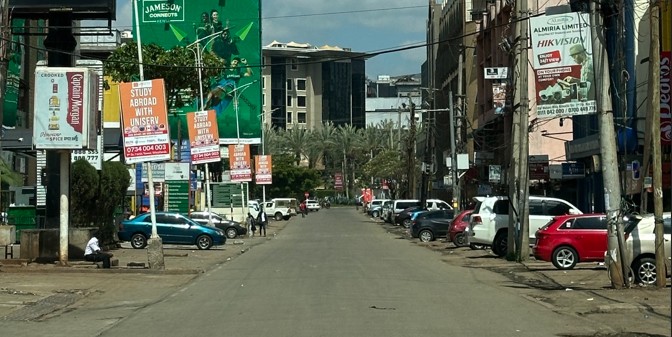Syria's Bashar al-Assad: Accidental leader and tyrant

One of the world’s most ruthless, brutal and enduring reigns looks over, with Syria’s Bashar Assad overthrown. Since taking over from his father more than 20 years ago, Assad has led a regime of oppression and bloodshed.
A reign that stretched over decades and a dynasty that endured even longer appears to be over in Syria, with leader Bashar Assad seemingly deposed and his whereabouts uncertain.
Until he was overthrown by rebel forces on Sunday, Assad was considered a man with strong allies. Were it not for Russia, Iran and Iran-financed militias like Lebanon's Hezbollah, there's no doubt Assad would have been swept away by his country's revolution years ago. Those allies appear finally to have deserted him.
More To Read
- We decoded the oldest genetic data from an Egyptian, a man buried around 4,500 years ago – what it told us
- US prosecutors reveal how Lebanese man was part of a plot to trade cocaine for Syrian weapons in Nairobi
- Trump meets President Ahmed al-Shara, says US will lift sanctions on Syria in major policy shift
- Syria's president Ahmed al-Sharaa forms new transitional government
- Exclusive: More than 1,000 Syrians died in airport prison under Assad, report says
- Somali refugees in Dadaab fear Trump’s return will trigger new travel ban
Sparked by a peaceful revolution in 2011, the Syrian civil war had pushed Assad's regime to the brink of insolvency by 2015. The Syrian government was barely able to pay its own military, and Assad controlled only around 10 per cent of his own country at the time.
But, back then, when the Syrian government asked long-term ally Russia for assistance, Moscow said yes.
Russian jets rained bombs down on Syria, defining those they were targeting as "terrorists" and not revolutionaries.
Trademark brutality
Certainly, there are terrorists in Syria today, including extremist groups such as the "Islamic State" (IS). Yet this group owes its existence — at least partially — to the Assad regime itself. In late 2011, perhaps to discredit the revolution, Assad ordered the release of countless extremists from his own jails.
The extremists ended up joining the revolutionaries to further their own cause. Eventually, extremists, with even better funding and support from Gulf states, made up the majority of those fighting the Syrian government.
And so, what was supposed to weaken a revolution ended up creating a monster. Yet the move was no huge surprise — since the beginning of that revolution against his government, the Syrian dictator had proven himself ruthless in his attempts to hang on to power. Though it seems it was not to last forever.
One of the most infamous examples of this ruthlessness was a poison gas attack in Ghouta in 2013. Rockets with the nerve gas sarin struck opposition-controlled areas around Damascus, killing hundreds. It was the deadliest of chemical weapon attacks since the war between Iran and Iraq, and it would not be the last.
Nor did Assad hesitate to send barrel bombs down on Syrian schools and hospitals. Due to the brutality of his government, it is estimated that hundreds of thousands of people have lost their lives throughout the conflict, which has now run over a decade. Tens of thousands were tortured and murdered in government prisons.
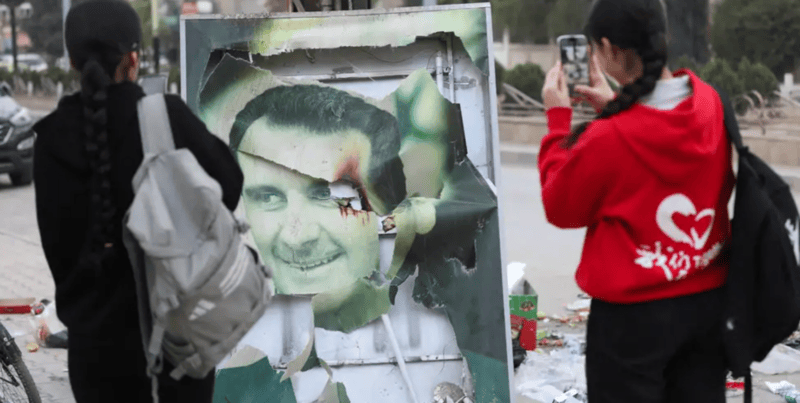 The future of Syria is unknow, but will almost certainly not feature Bashar Assad. (Reuters)
The future of Syria is unknow, but will almost certainly not feature Bashar Assad. (Reuters)
Early optimism
But Assad's time in power began very differently. Although in July 2000 he literally inherited the country's leadership from his father, dictator Hafez Assad, who had ruled for 30 years, many expected the UK-educated eye doctor to be more liberal than his father.
The younger Assad, born in 1965, had only been in office for six months when the so-called Damascus Spring took place, a period that saw the flowering of Syrian opposition media and more liberal voices.
Other Topics To Read
Back then, he was more popular with Syrians of all sectarian stripes. And in those heady days, it seemed that the son wanted to give back to his country what the father had taken away: political freedoms, respect for human rights; and above all, a media allowed to be more open and more critical, even toward its own government.
Assad played down the demonstrations that followed, describing them as a media campaign against him.
A short time thereafter, the Syrian military was allowed to use weapons against the peaceful demonstrators. Although many in the first demonstrations had insisted on a peaceful uprising, that position changed after Assad's military and secret police began to attack them and their families.
Over the months to come, peaceful protesters began to fight back, gradually transforming into insurgents; irreconcilable enemies of Assad's government, who would settle for nothing less than his overthrow.
But despite more than a decade of civil war, including the destruction and countless lives lost, Assad had been able to continue to rule Syria.
The price for him and Syria was high. Millions of Syrians have been displaced within and outside of their own country. Fealty to Russia and Iran means that the two countries had significant economic and military footprints in Syria.
However, he succeeded in gradually returning his country to the international political stage, at least in the Middle East. Syria was readmitted to the Arab League in May 2023.
But everything changed again in December 2024. The future for both Syria and Assad is uncertain but Assad's legacy is clear: a country destroyed, a population devastated; a record of heinous crimes against humanity and an international order disrupted, both geopolitically and morally.
Top Stories Today

